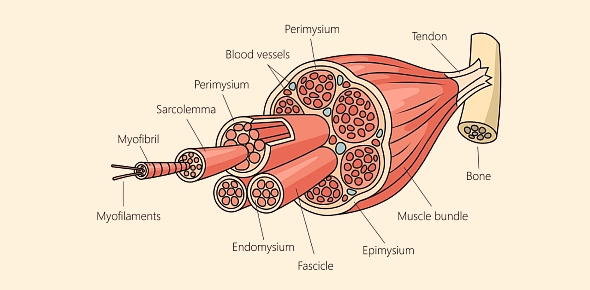How Much Do You Know About Skeletal Muscle? Trivia Quiz
- A&P
2.
You may optionally provide this to label your report, leaderboard, or certificate.
×
Thank you for your feedback!
















